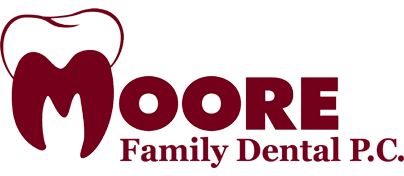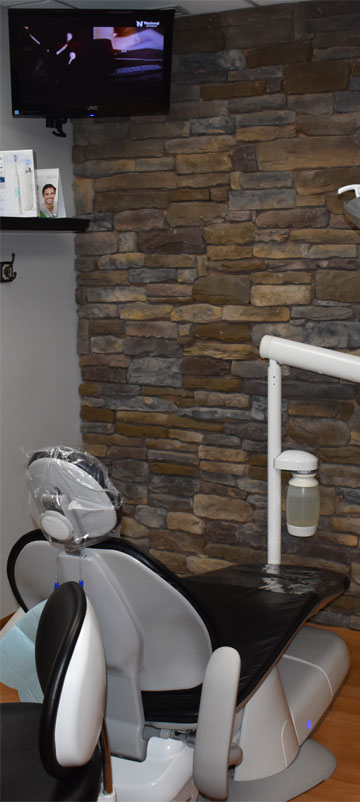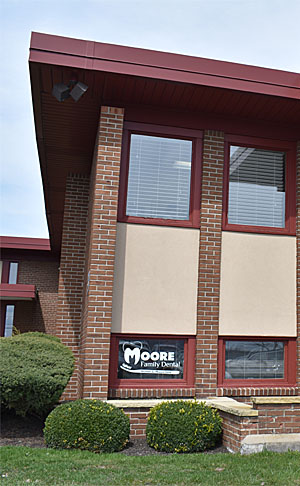 When you go to the dentist and find you that you have a cavity, it can be very frustrating. Your frustration may grow when you realize that the cavity will have to be filled so your teeth do not suffer any additional damage. Wouldn’t it be great if you could avoid cavities – or at least reduce your risk of developing them? You may be able to do that.
When you go to the dentist and find you that you have a cavity, it can be very frustrating. Your frustration may grow when you realize that the cavity will have to be filled so your teeth do not suffer any additional damage. Wouldn’t it be great if you could avoid cavities – or at least reduce your risk of developing them? You may be able to do that.
Cavities do not occur spontaneously. They develop over time and if the underlying problem is addressed in its early stages, a cavity may not develop in that particular spot at all. Cavities start out as dental caries, otherwise known as tooth decay.
Many people associate cavities with children and assume that they are simply the result of too much candy. However, the truth is that decay can develop in any tooth. According to the NIDCR, “dental caries (tooth decay) remains the most prevalent chronic disease in both children and adults, even though it is largely preventable.”
Dentists have a special advantage when it comes to detecting dental caries in the early stages: laser and LED fiber optic tools. These tools use technology to allow the dentist to detect decay in its earlier stages. If decay is treated in the early stages, it will not lead to a cavity. As a bonus for the patient, treating early decay is easier and far less invasive than treating a cavity. In addition, laser and LED fiber optic tools for detecting dental decay are beneficial in another way: they are painless. This is positive for the patient because a pain-free experience is a good experience. It is helpful for the dentist because a comfortable patient is more likely to be cooperative and easy to work with.
In days gone by, dentists did not have laser or LED fiber optic tools to aid them in diagnosing dental caries. Sometimes, there was no way to determine if decay was present until the decay progressed far enough to form a cavity. However, these tools eliminate the conjecture and uncertainty previously associated with detecting the presence of tooth decay. They allow the dentist to determine whether there is decay in the teeth.
Some people mistakenly assume there is nothing they can do to ward off tooth decay. However, there are several things you can do to reduce your chances of developing decay in your teeth. The American Dental Association (ADA) recommends several steps to prevent tooth decay, including brushing twice every day with a fluoride toothpaste and cleaning the teeth “with floss or an interdental cleaner.” The association also urges that people choose a nutritionally-balanced diet, including limiting snacks between meals. In addition, the ADA recommends regular dental visits, including cleanings and thorough exams. Finally, the American Dental Association advises people to ask the dentist about “dental sealants, a protective plastic coating that can be applied to the chewing surfaces of the back teeth where decay often starts.”
Finally, the American Dental Hygienists Association (ADHA) notes that saliva can be helpful in preventing tooth decay because it “contains important elements … [that] neutralize plaque acids … [and] help repair early tooth damage and decay.” The ADHA also notes that chewing sugarfree gum increases “the production of saliva by 10 times the normal rate.” The result? “Chewing sugarfree gum for 20 minutes after eating or drinking can help reduce tooth decay by up to 40%.” This can be an easy – and tasty – way to fight tooth decay.



